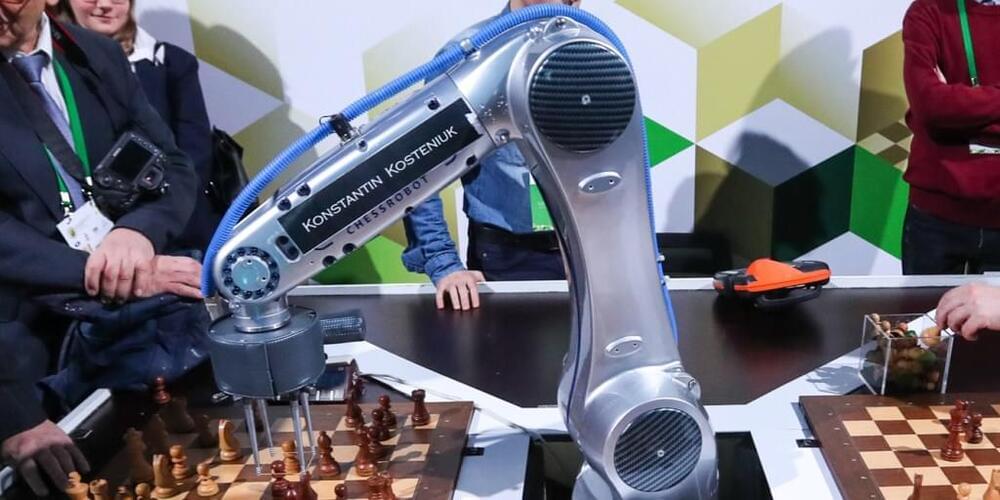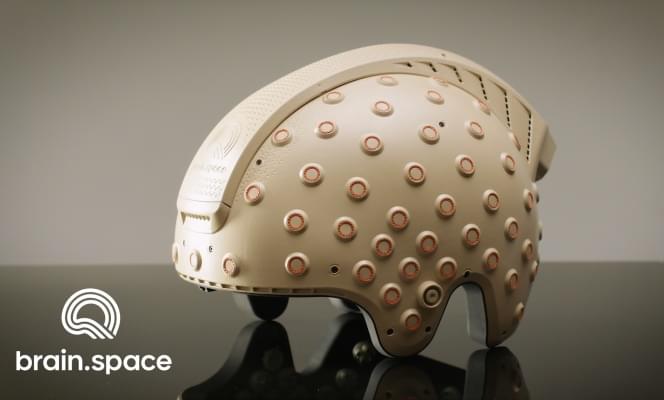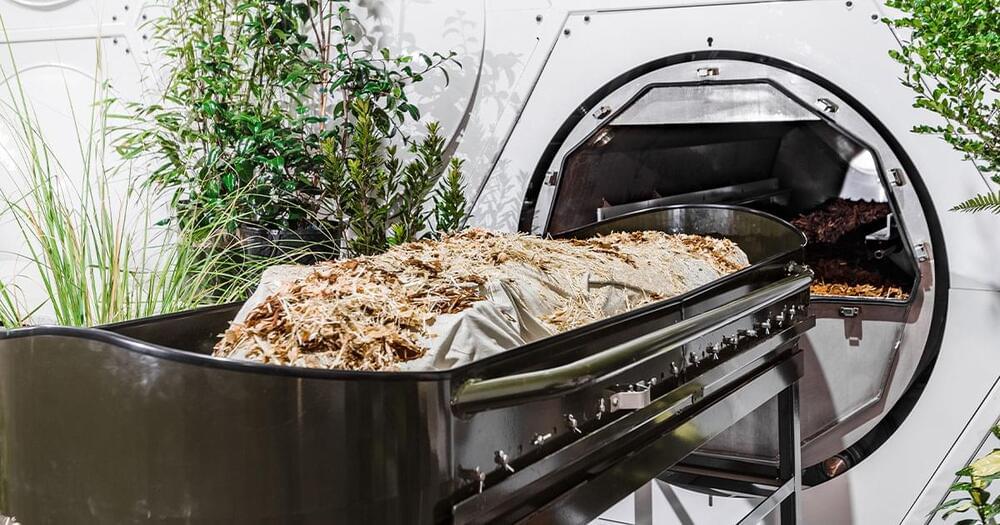Figuring out what’s going on in the brain is generally considered to be somewhere between extremely difficult and impossible. One major challenge is that the best ways to do so are room-sized machines relegated to hospitals — but brain.space is hoping that its portable, powerful and, most importantly, user-friendly EEG helmet could power new applications and treatments at home and, as a sort of cork pop for its debut, in space.
Electroencephalography, or EEG, is an established method for monitoring certain signals the brain produces. An EEG can indicate which areas of the cortex are active, whether the user is concentrating, agitated, and so on. It’s not nearly as precise as an MRI, but all you need for an EEG is a set of electrical contacts on the scalp, while an MRI machine is huge, loud and incredibly expensive.
There’s been precious little advancement in EEG tech, though, and it’s often done more or less the same way it was done decades ago. Recently, that’s begun to change with devices like Cognixion’s, which uses re-engineered EEG to interpret specific signals with the goal of allowing people with motor impairments to communicate.








